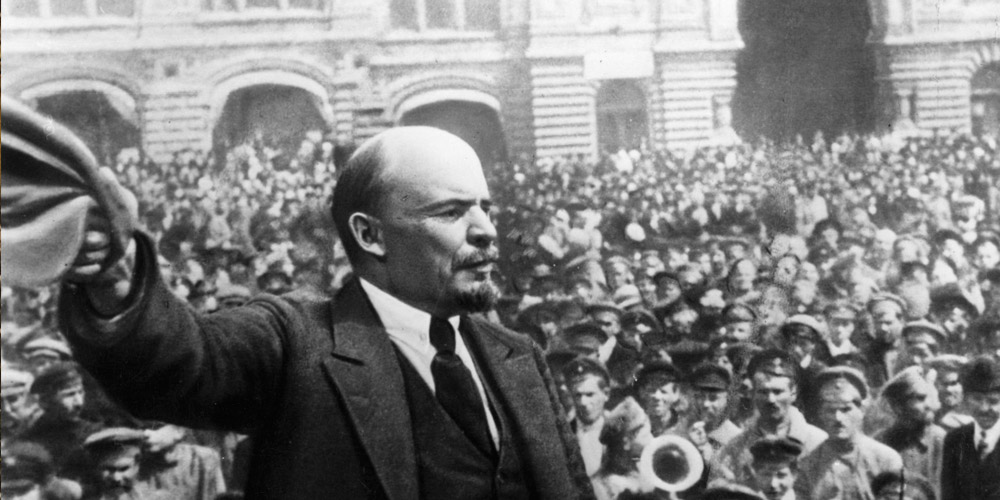
| « Previous | All topics | Next » |
America Enters the WarThe Allies on the Brink
In Russia, long-simmering discontent boiled over, due to staggering war casualties and shortages on the home- front. In March, nationwide strikes erupted, which the army refused to put down, forcing Tsar Nicholas to give up his throne.
Russia’s new provisional government made a number of reforms, but kept Russia in the war. A second revolution in November brought Vladimir Lenin and the Bolshevik communists to power. Russia ceased fighting and signed a separate peace with the Central Powers.
After yet another disastrous offensive in April, the French Army reached its breaking point. Numerous units mutinied, refusing to go on any more attacks. Order was restored by punishing individuals and units and by promising better conditions for frontline troops. But the French Army would be limited to defense for the time being.
Despite massive losses at the Battle of the Somme in 1916, the British were still ready to press forward.The result was the Battle of Passchendaele (July 31 – November 10), three months of rain, mud, and misery that cost each side a quarter million casualties with little result. The British did better in the Battle of Cambrai in November, thanks to their effective use of tanks, but their gains were offset by German advances in other sectors.
By year’s end, the Allies had lost a coalition partner and were reduced to a simple strategy: hold on until the Americans were ready.
| « The U.S. Entry into the War (Jan-Apr 1917) | All topics | Building a Fighting Force » |
Lessons/resources

Search the National WWI Museum & Memorial Resource Database
More resources/lessons
» Library of Congress: World War I
Homepage for the Library of Congress' extensive WWI collections and resources. | Library of Congress